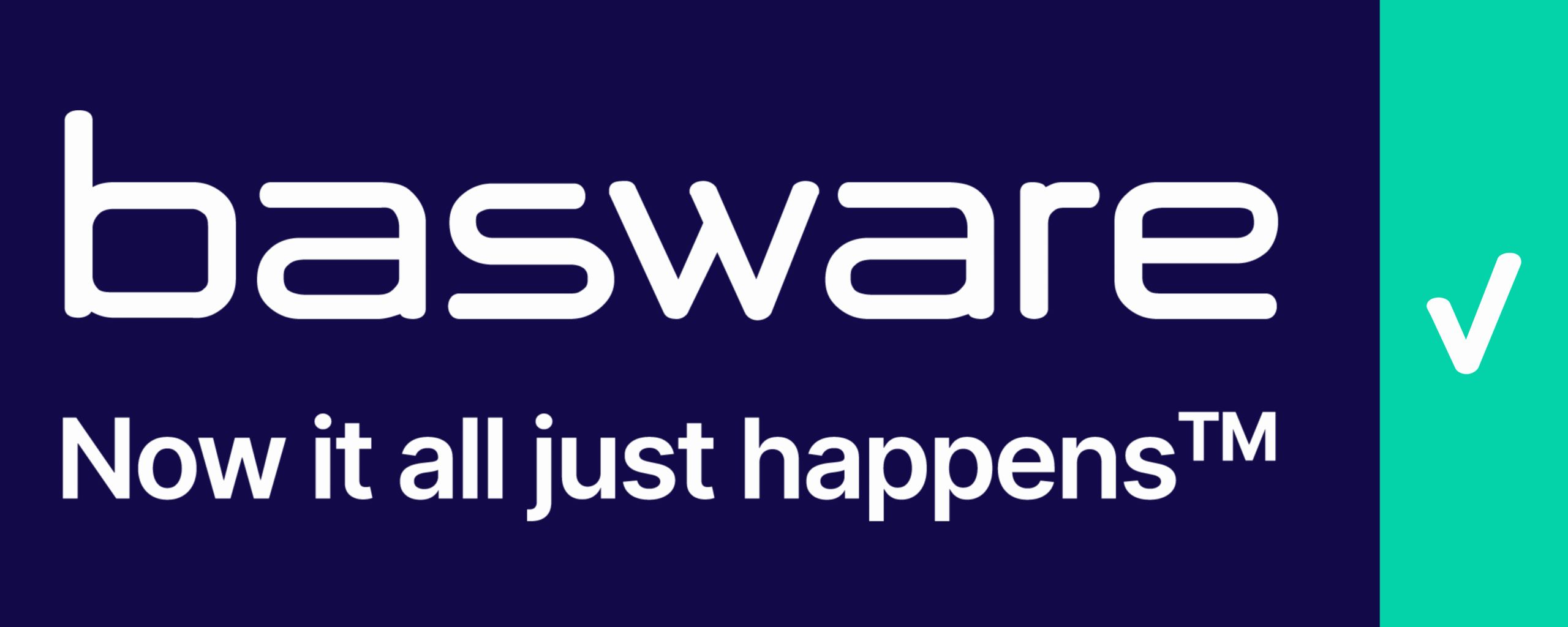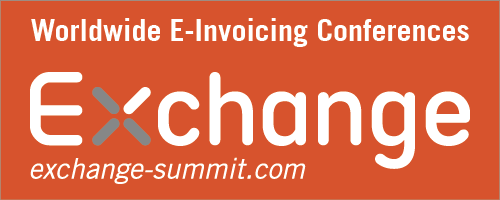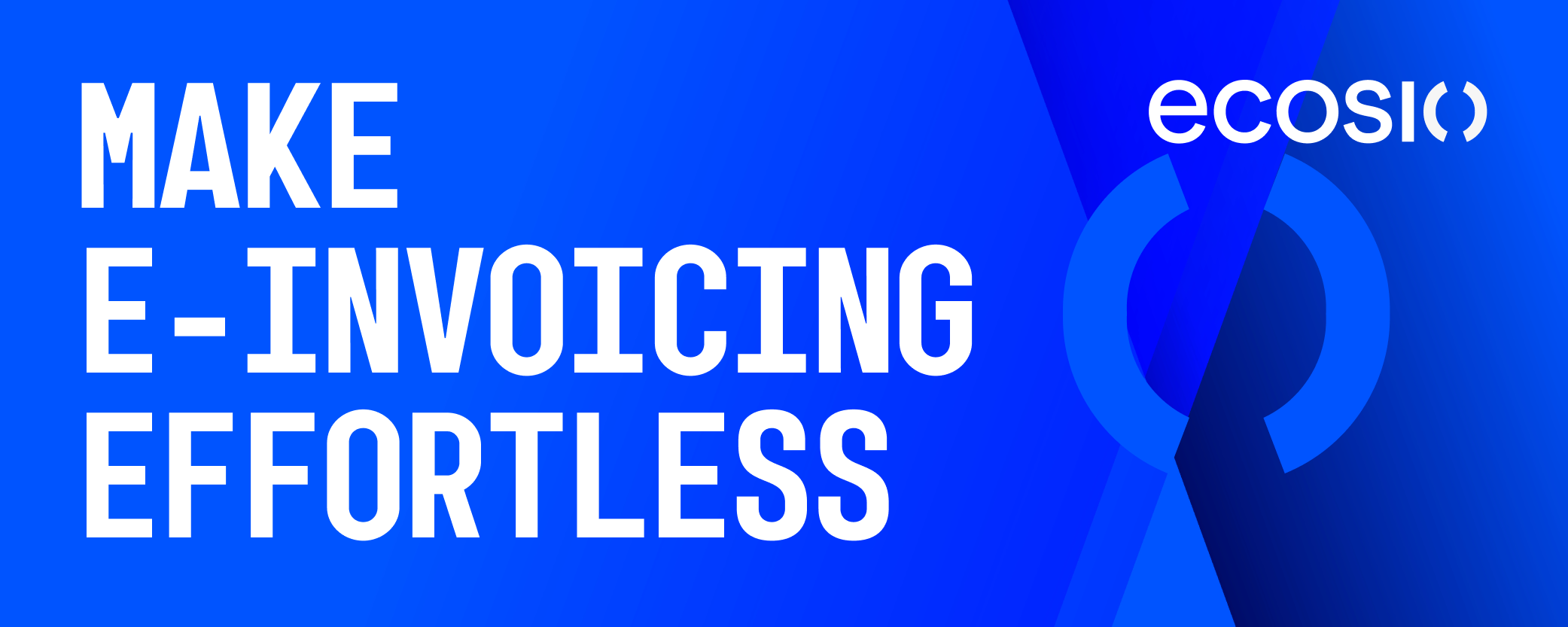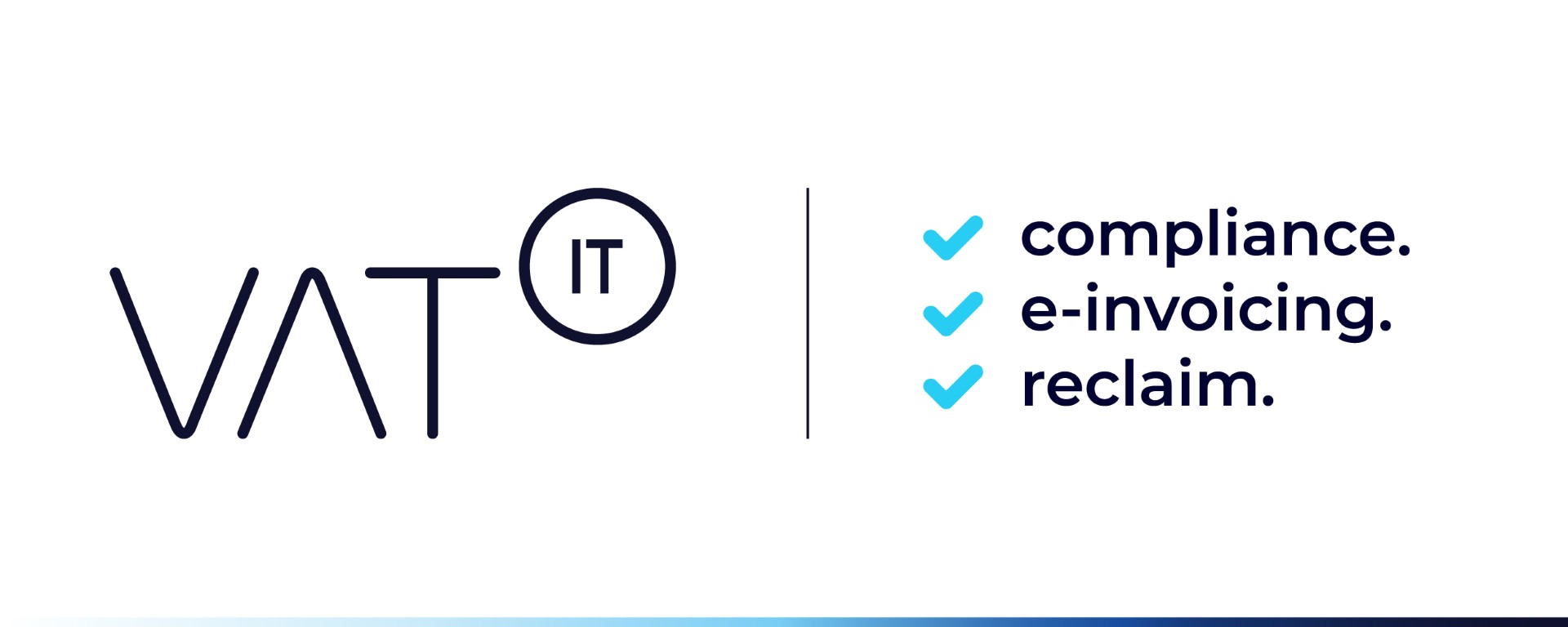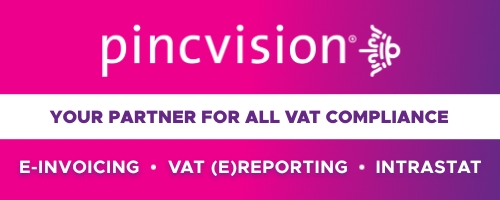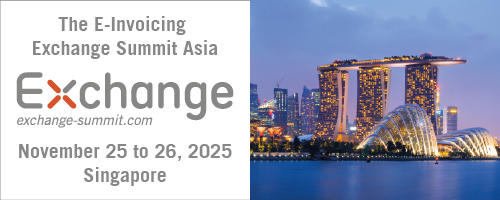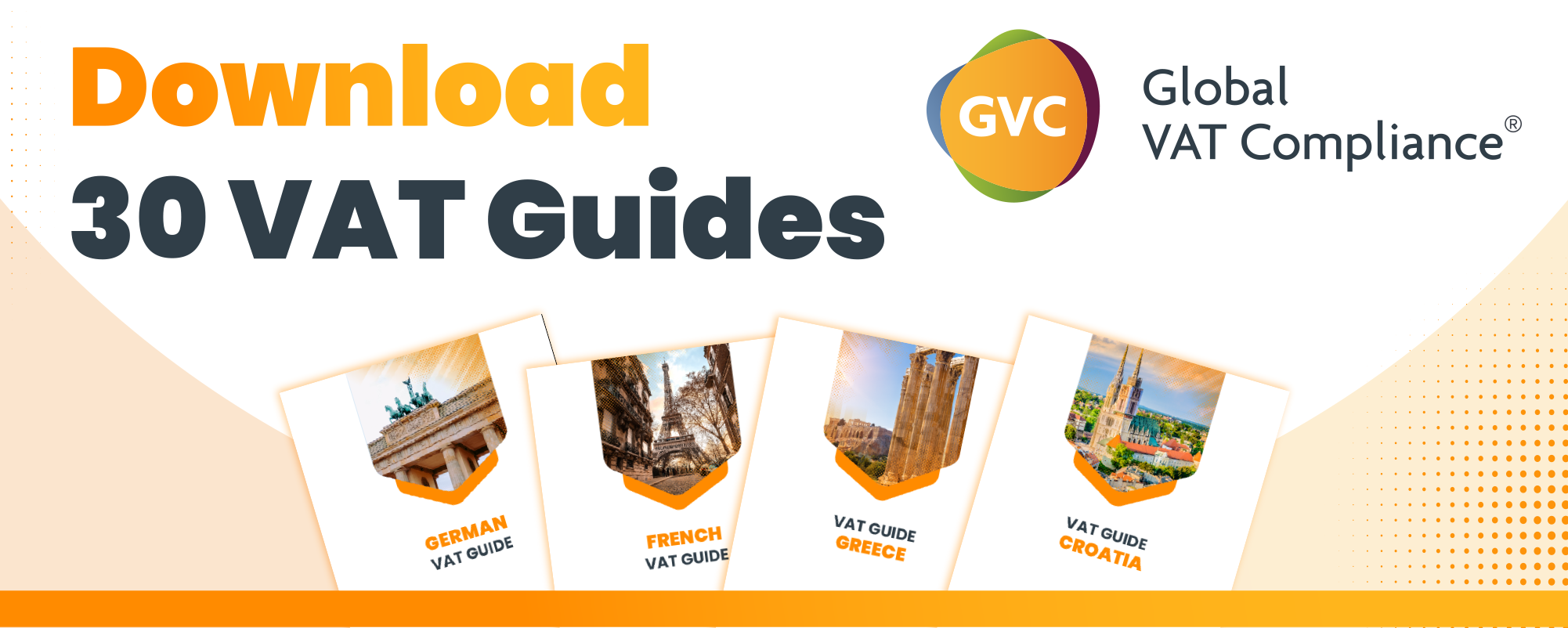- E-invoicing is a major global tax theme aimed at increasing compliance and reducing fraud.
- It involves standardized, machine-readable invoice transmission between suppliers and buyers.
- E-invoicing enhances security and allows tax authorities to gather transaction data.
- Information exchange is facilitated by networks like PEPPOL and DBNA.
- There are two types of clearance: hard (real-time validation) and soft (preliminary clearance).
- Saudi Arabia was the first GCC country to implement e-invoicing in December 2021.
- The UAE plans to roll out e-invoicing from the second quarter of 2026 in phases.
- Oman will start e-invoicing in the third quarter of 2026.
- The UAE system uses a five-corner model involving sellers, buyers, ASPs, and authorities.
- ASPs are independent service providers that help meet eInvoicing obligations.
- ASPs must comply with technical standards and be approved by the FTA.
Source: bdo.global
Note that this post was (partially) written with the help of AI. It is always useful to review the original source material, and where needed to obtain (local) advice from a specialist.
Latest Posts in "United Arab Emirates"
- UAE Sets New E-Invoicing Rules, Penalties, and Approves First Accredited Service Providers
- UAE E-Invoicing 2026: Key Facts, Compliance Steps, and VAT Requirements for Businesses
- UAE Launches Electronic Invoicing System to Modernize VAT and Enhance Tax Transparency
- VAT Obligations and Tourist Refund Scheme for Retailers in the UAE
- UAE VAT Composite Supply Rules Change: New Pricing, Contract, and Bundling Impacts for 2025



